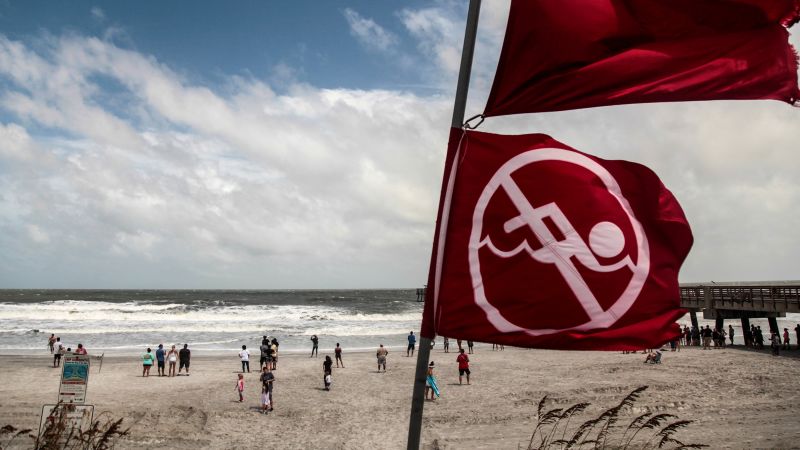
Understanding Drowning Hazards During Hurricane Erin
World | 8/21/2025
As Hurricane Erin approaches, concerns about drowning hazards, including rip currents, are at the forefront. The World Health Organization reports approximately 300,000 drowning deaths occur globally each year, translating to an average of 822 fatalities daily. This alarming statistic underscores the importance of understanding how to navigate such risks effectively.
Rip currents, powerful narrow channels of fast-moving water, pose a significant threat to swimmers. Experts emphasize the importance of remaining calm if caught in a rip current, advising swimmers to swim parallel to the shore to break free from its pull. A White House official stressed, “Education and awareness are key in preventing drowning incidents, especially during severe weather events like hurricanes.”
In addition to rip currents, other drowning hazards compound the risks during events such as Hurricane Erin. It is crucial for individuals to be vigilant and informed about water safety measures. A legal expert noted, “Public awareness campaigns and proactive measures can significantly reduce drowning incidents, saving lives and preventing tragedies.”
Preventative actions, such as learning to identify rip currents and understanding proper swimming techniques, are paramount in ensuring safety in the water. Unnamed sources in the lifeguard community emphasized the need for caution and preparedness, stating, “Being proactive and informed can make a crucial difference in surviving dangerous water conditions.”
As Hurricane Erin nears, authorities are urging the public to stay updated on weather alerts and adhere to safety guidelines. While the natural disaster poses various risks, including flooding and strong winds, awareness of drowning hazards remains a critical aspect of personal safety. Individuals are advised to take necessary precautions and equip themselves with the knowledge of how to navigate dangerous water conditions effectively.


